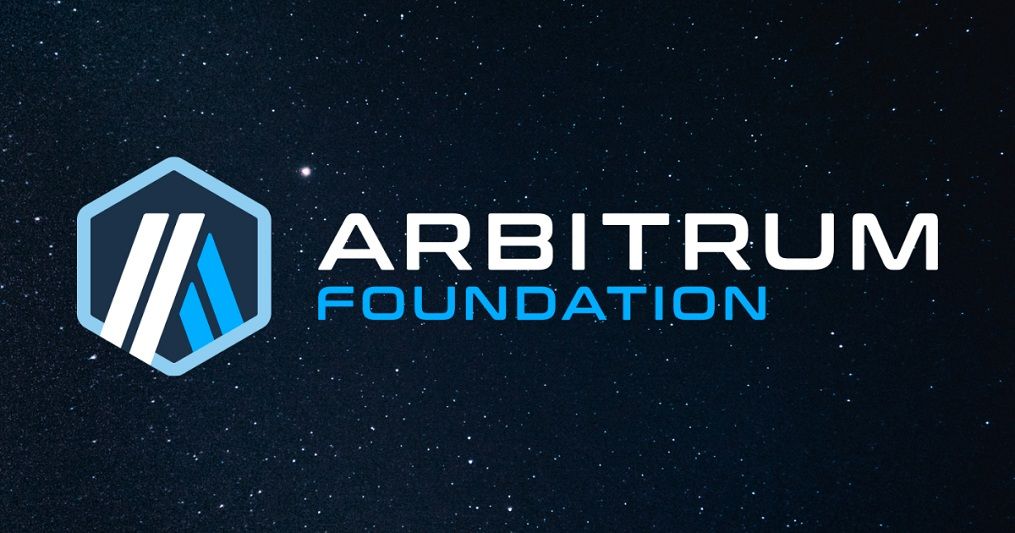A storm of controversy has erupted within the Arbitrum decentralized autonomous organization (DAO) as its recently formed Growth Management Committee (GMC) pushes forward a proposal to invest 7,500 ETH from its treasury into decentralized finance (DeFi) protocols that are not native to the Arbitrum ecosystem.
The plan, which comes about a month after the Arbitrum (ARB) STEP Committee endorsed plans to diversify 6 million ARB coins, into Ondo’s USDY, involves staking 5,000 ETH in Lido to generate wrapped staked ETH (wstETH) for use in Aave V3 on Arbitrum and allocating 2,500 ETH to Fluid’s lending platform, has drawn sharp criticism from delegates who argue it overlooks homegrown projects critical to the Layer 2 network’s growth.
The plan promises a 4.54% yield from wstETH deposits and a modest 1-2% return in native ETH from Fluid, while also aiming to enhance liquidity and borrowing opportunities through Aave V3.
Yet, the absence of Arbitrum-native protocols like GMX, Dolomite, or Camelot in the allocation has ignited a fierce debate about priorities and signalling within the community.
With a Snapshot vote looming on Thursday, the proposal’s fate hangs in the balance, threatening to reshape Arbitrum’s treasury strategy.
The GMC, tasked with managing the DAO’s Ethereum holdings to generate yield and bolster ecosystem development, reviewed 45 protocols before settling on what it calls a “strong and conservative foundation.”
Arbitrum DAO delegates demand support for local builders
Critics within the DAO, including prominent delegates JoJo and Ultra, have voiced frustration over what they see as a missed opportunity to champion Arbitrum’s own builders.
JoJo, in response to the proposal, questioned why even a small portion, say, 10%, of the 7,500 ETH couldn’t be spread across local protocols, arguing that such a move would demonstrate tangible support for developers choosing Arbitrum over rival platforms like Coinbase’s Base or Solana.
“The DAO should be saying, ‘We’re here for you, builders,’” JoJo remarked, emphasizing the need to foster loyalty and growth within the ecosystem.
Ultra echoed these sentiments, stating that he is “extremely disappointed” with the proposal.
While he acknowledged the conservative appeal of the chosen protocols, he argued that projects like GMX, Dolomite, and Camelot offer comparable risk profiles and could have been included to bolster confidence in Arbitrum’s native DeFi scene.
today i’m extremely disappointed at @arbitrum
with all “EF not having skin in the game” debate, Arbitrum had a proposal up to use 7,500 ETH from its treasury in its DeFi eco
results are out, guess what? all projects are not Arbitrum native
it just signaled that none of the…
376
Reply
Copy link
The GMC, for its part, has defended the proposal as a foundational step in a broader strategy.
In its view, this initial allocation sets the stage for future rounds that will reinvest ETH and stablecoin revenue back into Arbitrum’s DeFi ecosystem, enhancing DAO sustainability and supporting local builders over time.
Entropy Advisors, a key player in crafting the proposal, noted that while the committee initially considered riskier investments to boost yields and bootstrap emerging protocols, it opted for caution until the DAO can better manage active positions.
The proposal’s fate will be decided in a Snapshot vote
The proposal’s fate will be decided in a Snapshot vote requiring a simple majority and a 3% quorum of votable tokens to pass.
Scheduled for Thursday, the decision comes at a pivotal moment for Arbitrum, a Layer 2 Ethereum scaling solution that established the GMC and a separate Treasury Management Committee (TMC) last year to explore yield-bearing opportunities for its ETH holdings.
Entropy Advisors, alongside Wintermute’s Callen Van Den Elst and DeFi advisors LlamaRisk, form the GMC, with the latter two members set to earn up to $60,000 USDC each across three milestones tied to the treasury strategy’s rollout.
The controversy is compounded by the DAO’s past inaction.
Entropy Advisors highlighted that Arbitrum has “foregone ~400 ETH” in potential staking rewards by leaving its holdings idle, underscoring the urgency to deploy capital effectively.
While the GMC’s current recommendations aim to address this, the exclusion of native protocols has left many questioning whether the committee’s vision aligns with the community’s growth-first mindset.
As the vote approaches, the debate reflects deeper tensions about identity and strategy within Arbitrum’s DAO.
Supporters of the proposal see it as a prudent starting point, while critics argue it fails to seize a critical chance to showcase faith in the network’s own innovations.
Whether the plan survives or forces a rethink, the outcome will likely set the tone for how Arbitrum balances risk, reward, and loyalty to its ecosystem in the months ahead.
For now, all eyes are on Thursday’s tally as the Arbitrum (ARB) token price suffers from immense bear pressure.
The token has dropped by more than 35% over the past month and the backlash is expected to cause further decline.
The post Arbitrum DAO sparks controversy with 7,500 ETH non-native investment appeared first on Invezz
